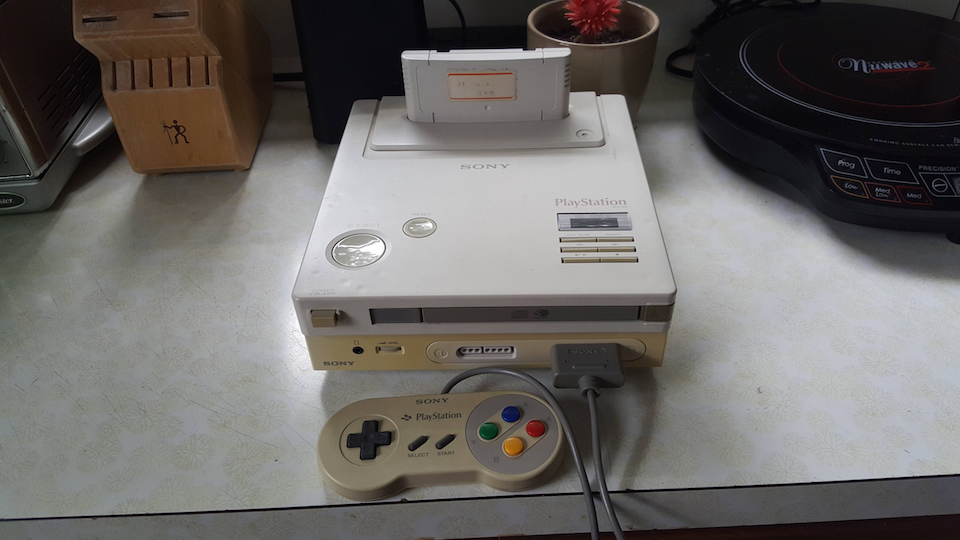Part of the reason for my hiatus was a recent trip back to my home state of Ohio, which included a meeting with the parents of an old high school friend. As it turns out, this retired duo of educators were quite the Atari computer enthusiasts, starting from the mid-1970s until the company's untimely demise in the mid-80s. In turn, they asked me to take a look at their Atari 800 collection instead of trashing it outright. (Good call!) As I sat there and looked at the massive amount of old floppy disks and cartridges I transported back with me to my little apartment/room, I found myself thinking about my own, now small, personal collection. Particularly, I found myself thinking about a small shadowbox display I made that contains an original copy of the NES versions of Metroid and The Legend of Zelda. Neither game are particularly rare at this moment in time in this form and both are easily accessible on current video game systems or via emulation. So why did I frame them like a piece of artwork?
 |
| A personal collection |
Returning to the donors of the Atari 800 collection, their story was integral to understanding their collection as a whole. Both played a strong role in setting up computer learning programs for my home county, which is rather rural by Ohio standards, and was something quite cutting edge at the time. These donors often attended meetings with other local, like-minded educators in barns and homes to discuss and compare notes on the latest developments. At a time before the internet was in wide usage and computers were often looked at as a passing fad and viewed with suspicion, this was how you got business done. In turn, they also took in upon themselves in innovate and do their own programming, a necessary skill since many computer magazines at the time would provide written programming code for new ideas that expected the reader to manually enter into their own systems and disk drives. (And we complain when the app store doesn't download something correctly!) This innovation went well beyond their own software experiments, as they also modified their computer hardware in significant ways, some officially sanctioned modifications... some not. As I began to document and list their collection in preparation for donation, I began to see this story unfold. Not only did I come to understand "what" they had, I also began to comprehend "why". These objects told me as much about the donors as the donors' story told me about them.
 |
| I have some sorting to do.... |
Enter the most recent discovery that has set the gaming preservation world on fire: The discovery of the Sony Nintendo Play Station Super Disk System. (If you haven't read about it, check it out here.) This piece of hardware represents an key moment in video game history that has repercussions even today. Only 200 of these prototypes were ever produced. Sony's management ordered them all destroyed in the wake of the embarrassment they suffered at a trade show by Nintendo, who was originally their partner in the project. Through a series of mishaps and a bit of serendipity, one found its way into the closet of a former custodian and only re-emerged, via YouTube video and pics, a few days ago. Only a few are have though to have survive Sony's purge of the hardware and even fewer are accounted for today. Yet, it is the story of how this particular piece of hardware survived that purge that makes it even more interesting. (You didn't read the story link, did you? Do it!)
 |
| A wild Sony Nintendo PlayStation appears... |
This is why I have those two, seemingly unexceptional game cartridges framed in my room. It's not for concern of the games themselves as physical or digital objects, but their role in my own personal journey to becoming not only a museum professional dedicated to the preservation of our collective digital cultural heritage, but also a clue as to why I am who I am as an individual today. I am a part of their story as much as they are a part of mine.
No comments:
Post a Comment